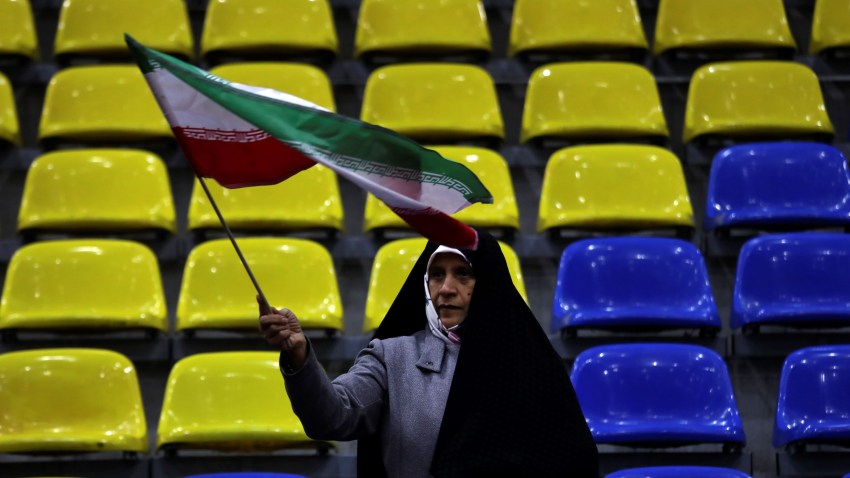Parliamentary elections in Iran on Friday could see a low turnout, amid widespread discontent in the country over a worsening economy and unrest in recent years. The state-owned polling center ISPA has tellingly not released information about expected turnout for this week’s vote, as is customary. (AP)
Our Take
Turnout may end up being the most interesting takeaway from Friday’s election, simply because Iran remains a managed democracy. So while 15,000 candidates may be vying for 290 seats in parliament, authorities have been careful to ensure that only those in line with the regime’s policy preferences are eligible to run for office.
In recent years, the regime has narrowed the range of candidates even more. Having stamped out the last remnants of the country’s reformist movement by the late 2000s, it has now effectively sidelined the faction which in the 2010s had pushed for engagement with the West in Iran’s foreign policy. Tellingly, former President Hassan Rouhani, who oversaw negotiations for the Iran nuclear deal, was banned from running in Friday’s election for the Assembly of Experts, a powerful body responsible for appointing the country's supreme leader, among other things. That highlights how much the regime, which is now dominated by hardliners, has shifted away from engagement since Rouhani left office in 2021.

